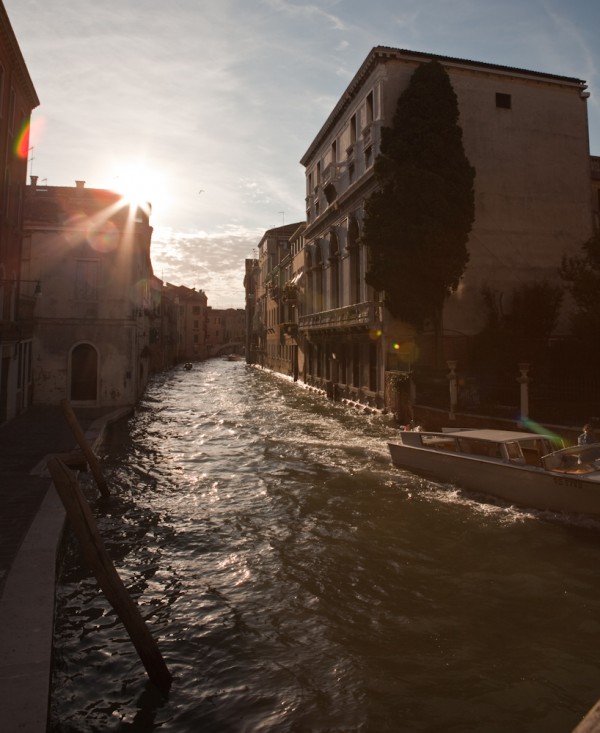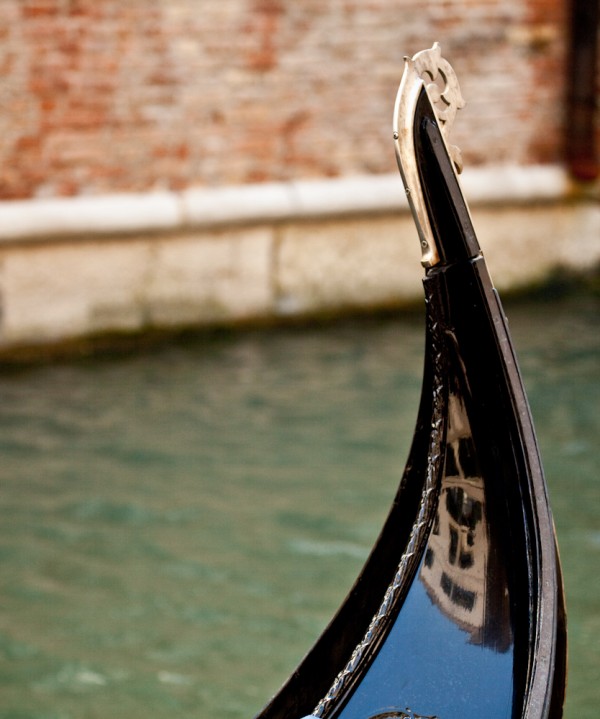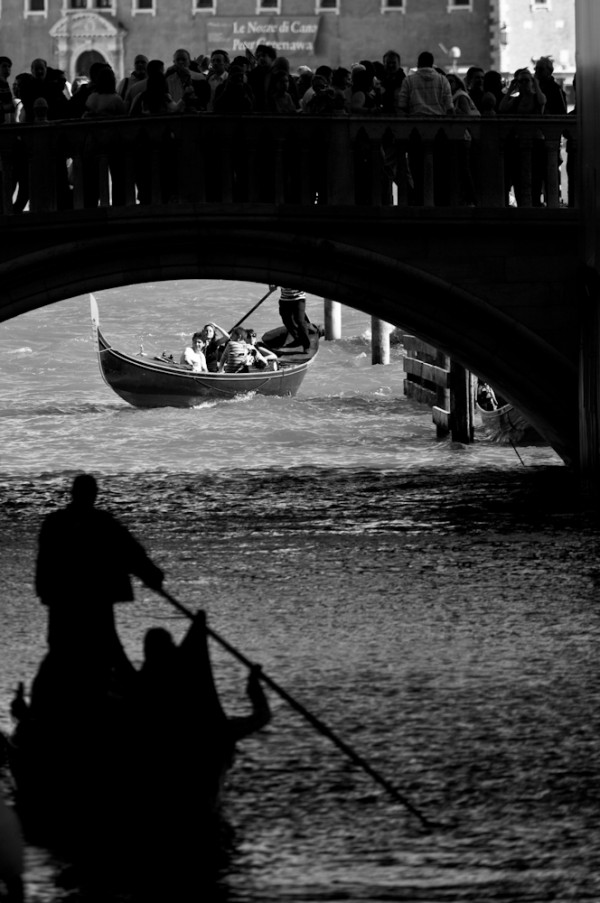The buildings of Venice are constructed on closely spaced wood piles, which were imported from the mainland. (Under water, in the absence of oxygen, wood does not decay. It is petrified as a result of the constant flow of mineral-rich water around and through it, so that it becomes a stone-like structure.) The piles penetrate a softer layer of sand and mud until they reach the much harder layer of compressed clay. Wood for piles was cut in the most western part of today's Slovenia, resulting in the barren land in a region today called Kras, and in two regions of Croatia, Lika and Gorski kotar (resulting in the barren slopes of Velebit). Most of these piles are still intact after centuries of submersion. The foundations rest on the piles, and buildings of brick or stone sit above these footings. The buildings are often threatened by flood tides pushing in from the Adriatic between autumn and early spring.
Six hundred years ago, Venetians protected themselves from land-based attacks by diverting all the major rivers flowing into the lagoon and thus preventing sediment from filling the area around the city. This created an ever-deeper lagoon environment.
During the 20th century, when many artesian wells were sunk into the periphery of the lagoon to draw water for local industry, Venice began to subside. It was realized that extraction of the aquifer was the cause. This sinking process has slowed markedly since artesian wells were banned in the 1960s. However, the city is still threatened by more frequent low-level floods (called Acqua alta, "high water") that creep to a height of several centimetres over its quays, regularly following certain tides. In many old houses the former staircases used by people to unload goods are now flooded, rendering the former ground floor uninhabitable.
What do we think of the Italian Women?



